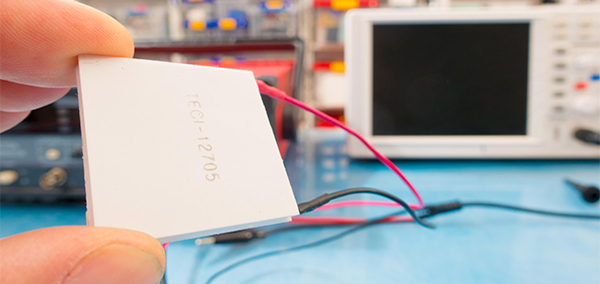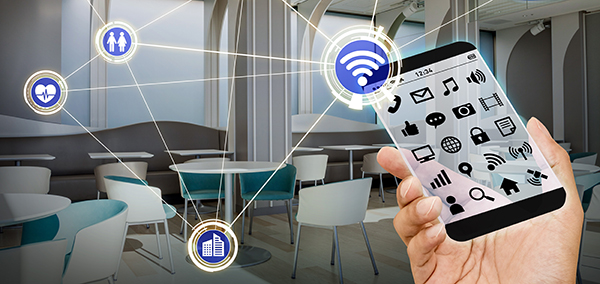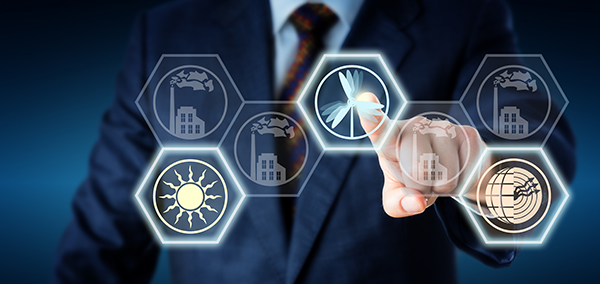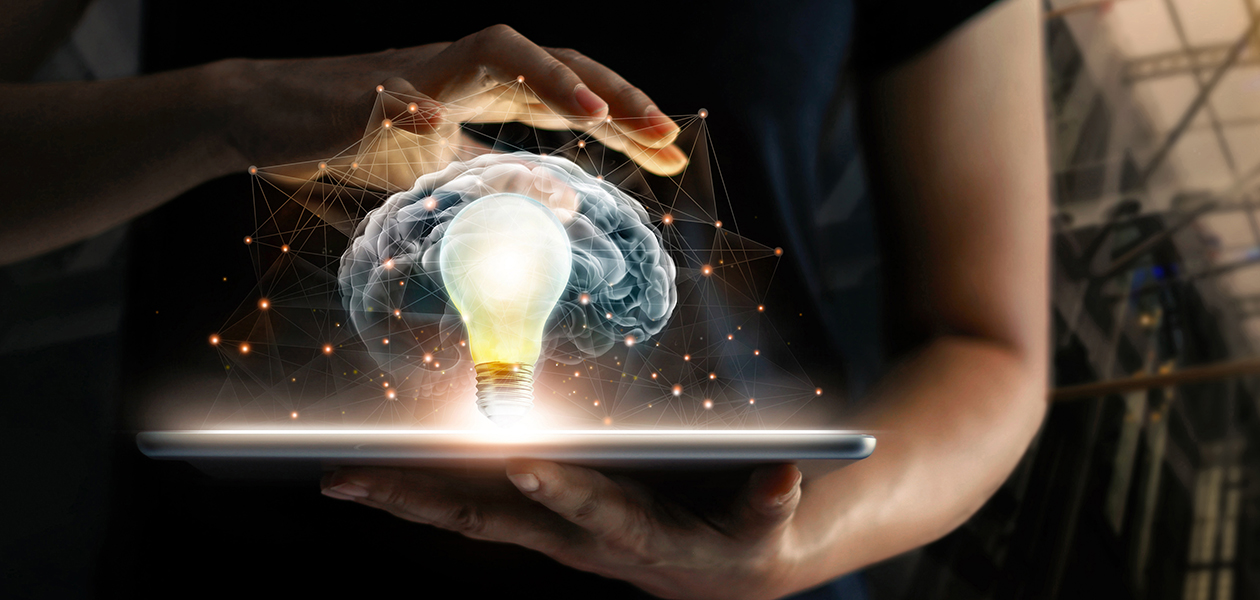Getting ahead with AI and IoT
Harnessing the power of artificial intelligence and the Internet of Things, companies can streamline their operations and create value for their clients.
If there’s one thing that organisations crave more than anything in the modern digital economy, it’s data. By collecting and analysing data, companies can optimise their processes, monitor and adapt to changes in consumer behaviour, as well as take a predictive approach towards managing their resources.
A key enabler of data collection is the Internet of Things (IoT)—connected devices that record specific parameters such as energy consumption and human traffic in real time. Given their always-on status, IoT sensors need to be power efficient—ideally even self-powered—so that their batteries need not be periodically replaced. Innovations in energy-harvesting units that can be attached to IoT devices are making this ideal possible.
With a tireless network of sensors deployed, massive amounts of data can be amassed, which may be difficult to make sense of manually. This is where artificial intelligence (AI) may be applied to sieve through the noise and generate actionable insights. Collectively, IoT and AI can make a huge impact on resource efficiency and value creation, so in this month’s TechOffers, we shine a spotlight on three smart solutions that could give businesses a leg up in their respective industries.

Helping IoT go the distance
Over the span of a day, ambient temperatures may change by several degrees Celsius. With a thermoelectric energy harvester, these temperature fluctuations can now be tapped on to generate power. Compact and customisable for indoor and outdoor applications, the device can convert temperature changes of as little as two degrees Celsius into electricity and has an adjustable output voltage of 2-5V.
Importantly, the energy harvester comes with a proprietary high efficiency power management integrated circuit that prevents voltage overshoot, making it compatible with all common battery types—even those used in IoT devices. This invention would allow IoT sensors, including those used for environmental sensing, asset tracking and smart home management, to be self-powered, thereby eliminating the need for battery replacement over periods of prolonged deployment.
As the demand for IoT increases, the outlook for thermoelectric energy harvesters looks rosy as well. A report estimates that the market for such power-generating devices is projected to grow from around US$368.5 million in 2017 to US$715.8 million by 2022, at a compounded annual growth rate of 14.2 percent during the forecast period.

A clean break from traditional facility management
While there are many different applications for IoT, facility management is an area that stands to benefit from a network of connected sensors. For instance, building managers typically hire cleaners to maintain the hygiene of the toilets in their facility. However, because cleaning is performed on a fixed schedule and not calibrated to the frequency of toilet use, there may be occasions where the cleanliness of washrooms dips below the desired standards.
To address this issue, an IoT- and AI-based solution has been developed that monitors everything from air quality in a washroom to whether the dispensers for paper and soap are empty. Combining this information with data about how often the washroom has been used in a given span of time, the AI engine assesses overall washroom cleanliness to propose optimised cleaning rosters and inventories. Beyond cleaning operations, the system can also be applied to manage other aspects of facilities, including smart lighting and spill detection.

Optimising energy transactions
On a larger scale, IoT and AI can be used at the level of smart energy grids as well. As the relationship between producers and consumers of electrical power becomes more complex due to the availability of alternative energy sources and novel frameworks for power distribution, stakeholders in the energy market need better ways to optimise demand and supply. A smart energy management system has thus been developed to facilitate load management and automate the trading of energy resources between suppliers and end users.
Comprising patent pending system and software algorithms that optimise energy consumption and storage, the system grants users the flexibility to, for example, control the thermal load in air-conditioners to reduce energy cost, or mitigate intermittency issues in the use of renewable energy sources, among other applications. Pricing mechanisms can also be built into the smart energy management system to incentivise energy efficiency.
The global energy management market is expected to grow at a compounded annual growth rate of 13.78 percent over the forecast period of 2018-2024. Hence, companies in the energy market space may want to consider investing in such technologies to leapfrog the competition.

